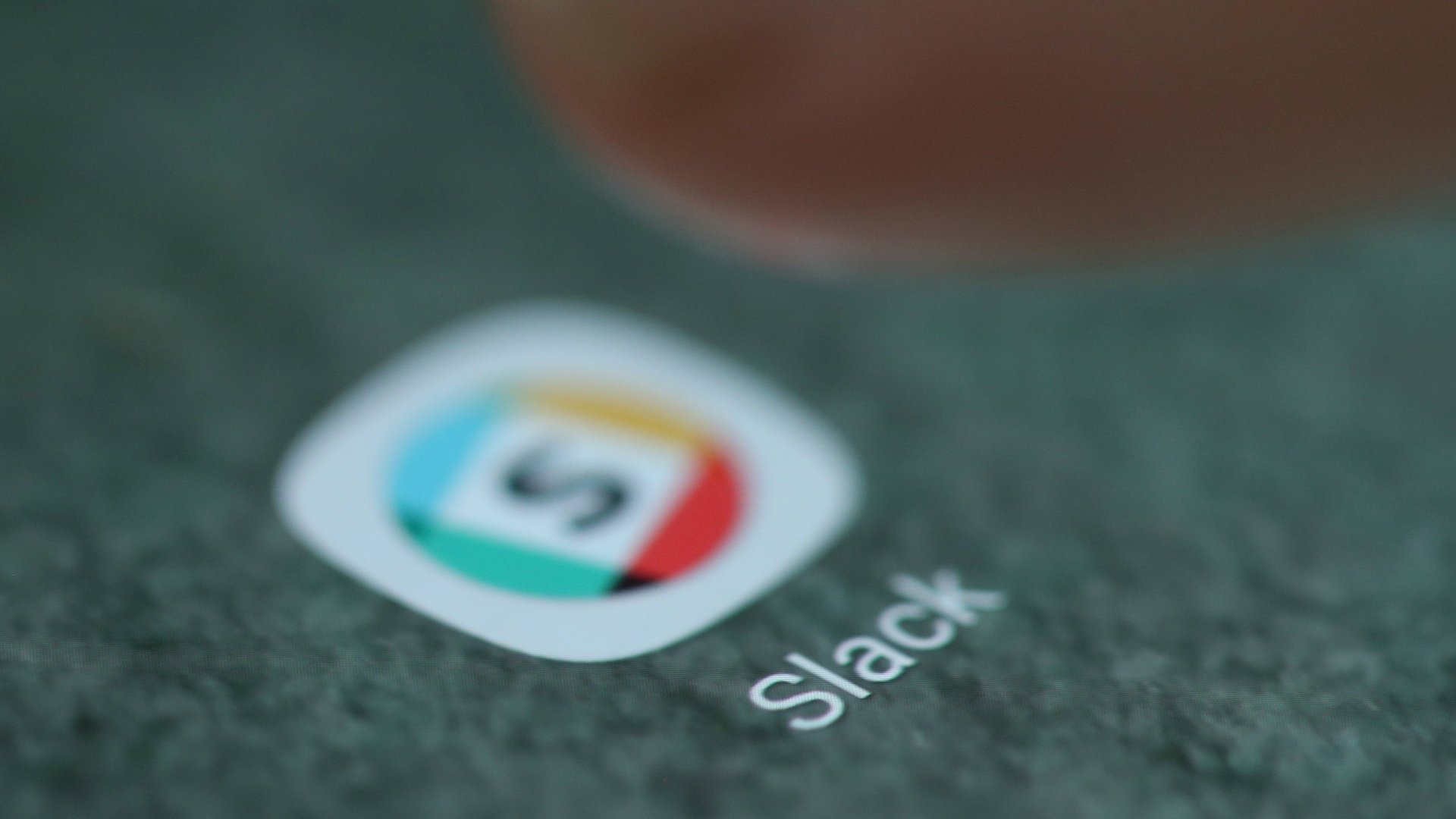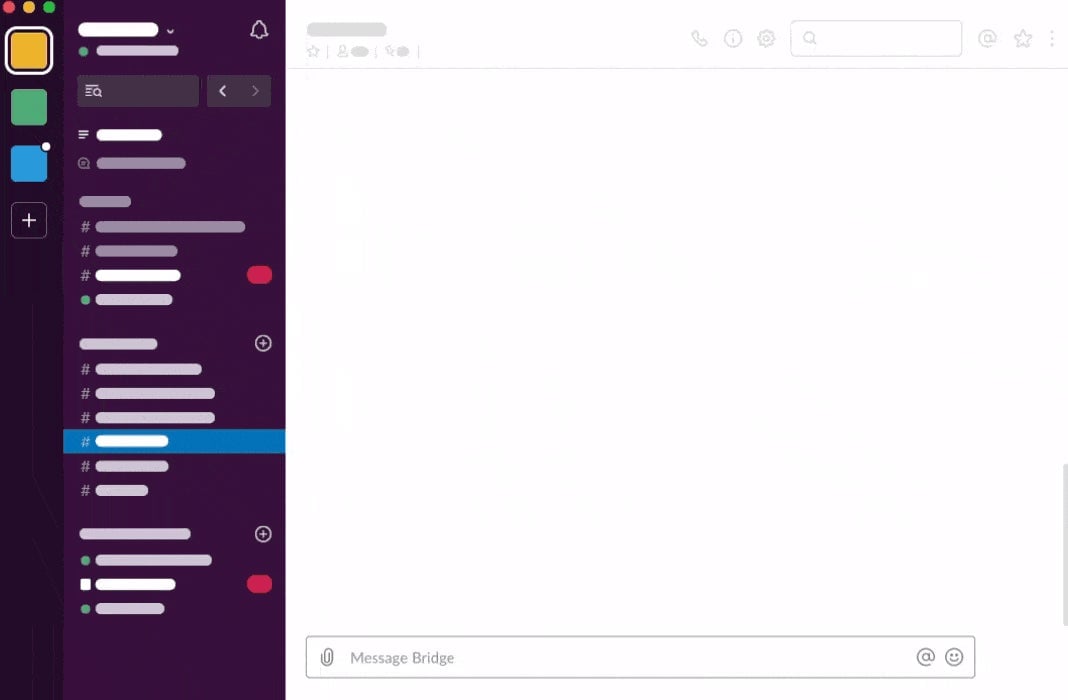Slack’s latest grab for office dominance: workflow templates
In 2013, Slack emerging from the ruins of a failed game company and exploded onto the scene as one of the fastest-growing business apps in history. Today, more than 12 million people use the chat app to communicate and collaborate in message forums called channels.


In 2013, Slack emerging from the ruins of a failed game company and exploded onto the scene as one of the fastest-growing business apps in history. Today, more than 12 million people use the chat app to communicate and collaborate in message forums called channels.
Slack argues we need to ditch email for messaging channels, and that transformation is well underway, with chat rising to overtake email communication as the primary mode of communication at work, according to data from RescueTime.
But Slack aims to become far more, with aspirations to turn its app into a hub where most modern work gets done. It won’t be easy. Microsoft’s multibillion-dollar Windows franchise, the digital office suite that defined cubicle life beginning in the 1990s, still dominates corporate America.
But changing work habits and business needs created an opening for entrants like Slack and Google to dislodge the tech giant. Modern workplaces tend to rely on instant, bite-sized packages of communication that work across different devices, and seamlessly integrate with our automated workflows.
Slack still needs to prove itself, however. Its stock has faded since the company’s glittering initial public offering, falling from a high point of $42 in its debut session in June to a closing price of $21.03 on Oct. 22. Beyond the darkening mood for tech IPOs, Slack is now publicly jousting with Microsoft over who has office workers’ loyalty.
In July, Microsoft boasted it had 13 million daily active users on its Teams product. Slack claimed this month it had more than 12 million users, including more than 6 million paying customers. More impressive, perhaps, is that Slack says its users are actively engaging with the product for about an hour and a half each day.
Microsoft is conspicuously quiet about its engagement metrics. In what may be an ominous sign for the company, the fastest-rising Google searches for the Teams product refer to how to remove it.

To see if it can overtake and cement a lead over its office rival, Slack has been releasing a raft of updates. One recent focus was speed (the desktop app now launches 33% faster than before, it says). Another was efficiency (the app now uses 50% less memory than it used to), as well as security. And this week, it’s releasing features to automate away more of the boring tedium of your job.
An intriguing new feature featured at Spec, Slack’s developer conference, is Workflow Builder, a tool to build customized workflows without coding, from expense reports and travel requests to the onboarding of new employees. There are different templates to choose from, and employees’ new workflows will see their handiwork surfaced in searches that allow others to install them.
“These apps are the foundational part of what makes Slack more than chat,” says Bear Douglas, Slack’s director of developer relations. “We need to do more to make non-technical users get access to the workflows.”
Slack also wants to do more to bring the services of other apps directly into the user interface of Slack itself, so users rarely have to leave the messaging app. A drag-and-drop interface means users can install apps and integrate actions without coding expertise. It also offers modals: windows that appear at the top of the Slack interface. For example, Slack allows users to search and confirm courses on Bridge, a learning and development platform, directly from within the app.

For the last few years, Slack has steadily cultivated a stable of independent apps now numbering more 1,800. Many once seemed entertaining if inessential (polls, lunch reminders, gifs, and chatbots), but these apps are increasingly penetrating the core of business operations and workflows. Software services such as Google Drive, GitHub, and Asana all have integrated essential tasks into Slack.
The future for the upstart, and others like it, will be to empower everyday workers to design and build their own custom tools. Slack says 500,000 of its users already have.